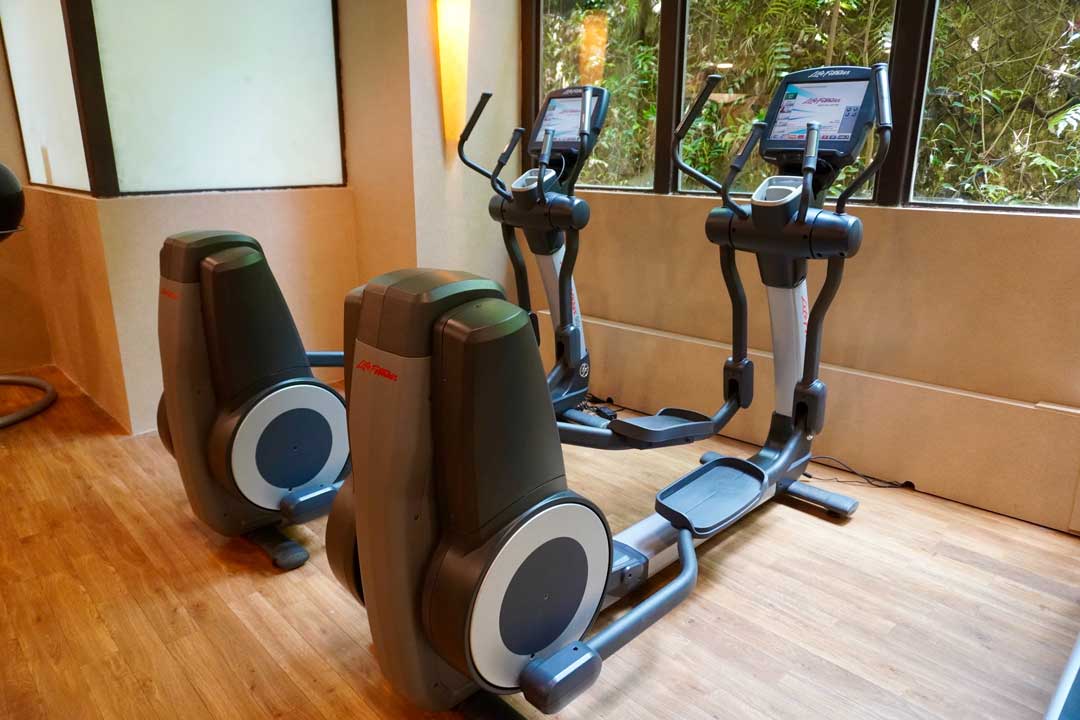How to Cut Your Risk of Prostate Cancer by a Third

A study conducted by a Swedish research team, and published in the British Journal of Sports Medicine, discovered a significant link between increased cardiorespiratory fitness (CRF) activity and a reduced risk of prostate cancer. Specifically, men who enhanced their CRF by 3% or more annually were found to be up to 35% less likely to be diagnosed with prostate cancer.
The research aims to motivate men to boost their fitness levels as a preventive measure against the disease, especially considering the limited known risk factors for prostate cancer. Prostate cancer stands as the second most common cause of cancer-related deaths among American men, trailing only behind lung cancer. According to the American Cancer Society, this year alone, prostate cancer will claim the lives of 35,000 men and nearly 300,000 new cases will be diagnosed in the United States.
Although the link between physical activity and decreased risk for several types of cancer is well-documented, the relationship between exercise and prostate cancer has remained ambiguous. Prior research primarily focused on assessing fitness at a single moment, without examining the effects of fitness improvement on prostate cancer incidence and mortality rates.
To fill this gap, the team from the Swedish School of Sport and Health Sciences (GIH) set out to investigate if enhancements in men’s fitness levels could reduce their risk of contracting the disease. “This is the largest study to examine the relationships between change in CRF and cancer incidence and mortality, and the first study to examine change in CRF specifically on prostate cancer incidence and mortality,” explained Dr. Kate Bolam, one of the study’s lead authors from the Department of Physical Activity and Health at GIH. She emphasized the importance of promoting cardiorespiratory fitness improvements among adult men to potentially lower their prostate cancer risk.
The researchers analyzed data from Sweden’s national occupational health records, which included details on physical activity, lifestyle habits, health perceptions, body measurements, and results from at least two CRF tests involving stationary bike exercises to measure CRF performance in Zone 2 and VO2 max among 57,652 Swedish men.
Participants were categorized based on changes in their fitness levels and monitored from their last fitness assessment until their prostate cancer diagnosis, death, or the end of the study on December 31, 2019. Over an average follow-up period of nearly seven years, 592 men, or 1% of the participants, were diagnosed with prostate cancer, and 46 succumbed to the disease.
The findings revealed that men whose CRF improved by 3% or more annually had a 35% lower risk of developing prostate cancer compared to those whose fitness levels declined, after adjusting for other influential factors. However, the observational nature of the study means it could not determine causative or genetic influences linking CRF and cancer risk.